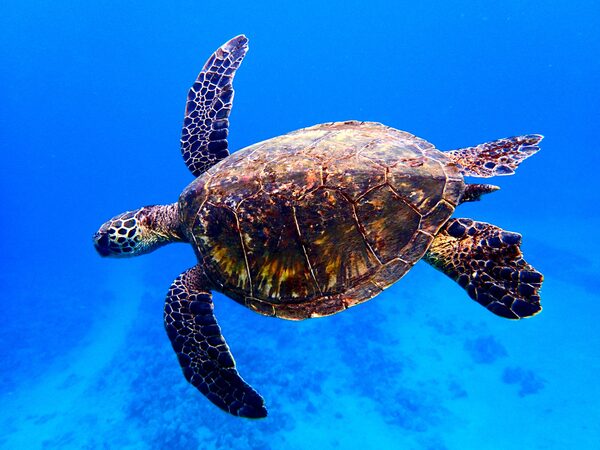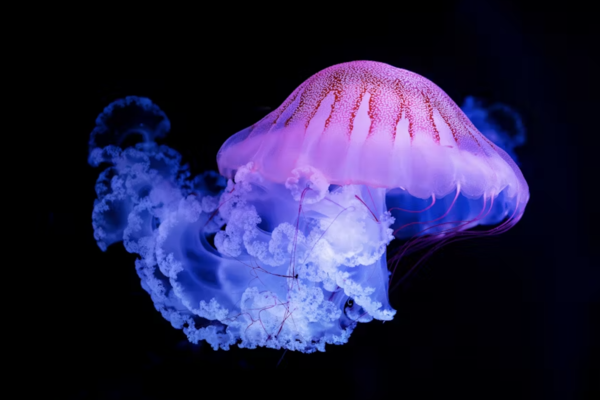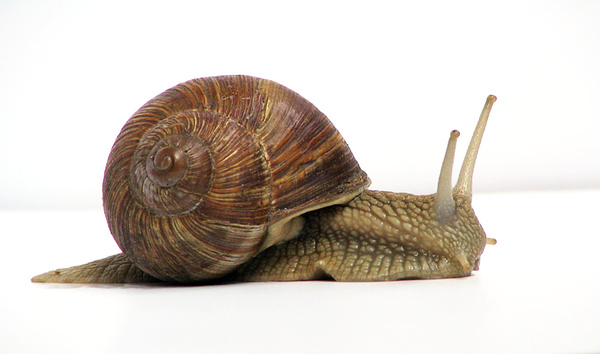When it comes to the animal kingdom, some creatures are renowned for their impressive speed, while others are famous for moving at a much slower pace. If you've ever wondered about the slowest animals, you're in for an interesting journey! From the jungle to the ocean, the slowest animals have evolved unique traits to survive in their environments. Let’s take a closer look at some of the slowest animals on Earth.

The sloth holds the title for being the slowest animal on land. Native to Central and South America, sloths are famously slow movers. They usually travel at speeds of just 0.03 miles per hour (about 0.05 km/h). While their sluggish pace might seem inefficient, it’s perfectly suited for their lifestyle. Sloths spend most of their time in trees, hanging upside down to conserve energy, and their slow movement helps them avoid detection by predators like jaguars and eagles. So, while they might be the slowest animals on land, they’re well adapted to their environment.

When it comes to slow swimmers, sea turtles are among the slowest animals in the ocean. These ancient reptiles can move at speeds of up to 2 miles per hour (3.2 km/h), which is much slower than many fish species. However, sea turtles are excellent at navigating long distances, especially during migration. Their slow pace allows them to conserve energy over extended periods, which is essential for their survival in the vast oceans. Despite being among the slowest animals, sea turtles have been around for millions of years, showing how successful slow movement can be in the animal kingdom.

Believe it or not, the jellyfish is one of the slowest animals in the ocean, drifting through the water with the current. Though jellyfish can occasionally move faster by contracting their bell, they primarily rely on the water's movement to carry them along. Most jellyfish species move at speeds of around 0.02 miles per hour (0.032 km/h), which classifies them as some of the slowest animals in marine environments. Their slow pace is ideal for their feeding strategy, as they passively capture plankton and small fish using their tentacles.

Land snails are another classic example of the slowest animals you’ll encounter. These little creatures are well known for their sluggish pace. Depending on the species, snails typically move at a speed of 0.013 miles per hour (0.021 km/h). Their slow movement is due to their method of locomotion, which involves using a mucous trail to glide across surfaces. While their pace might seem painfully slow, snails are effective at foraging for food, particularly plants and decaying matter, at a leisurely pace.
Within the mammal world, the three-toed sloth takes the crown as the slowest mammal. This species of sloth moves at a mere 0.03 miles per hour (0.05 km/h). Unlike the two-toed sloth, the three-toed variety is particularly slow and spends its entire life hanging from trees. With minimal muscle mass and a diet of leaves, sloths have adapted to a slow metabolism and are perfectly suited to their environment. The three-toed sloth is truly the embodiment of slow living.
The Galápagos tortoise is often considered one of the slowest animals in the reptile world. These giant creatures can only move at a speed of about 0.2 miles per hour (0.32 km/h), which is incredibly slow compared to most other reptiles. The Galápagos tortoise is known for its long lifespan and slow, steady movement. Despite their slow pace, these tortoises can live for over 100 years, and their gradual movement allows them to conserve energy in their harsh island habitats.
So, just how slow are the slowest animals? When we look at species like the sloth, sea turtle, and snail, it's clear that slow movement is a strategy that works in the natural world. Some slowest animals are specifically adapted to their environments, whether it’s for avoiding predators or conserving energy. Interestingly, being slow doesn't always put these creatures at a disadvantage; in fact, it’s a key to their survival. Their slow pace helps them save resources and avoid exhausting themselves.
You might wonder why some animals, like the three-toed sloth or the Galápagos tortoise, are so slow. The answer lies in their evolutionary adaptations. Many of the slowest animals have diets that require minimal energy, such as leaves, plants, and algae. This means they don’t need to chase after prey or move quickly. Their slow metabolism allows them to survive on low-energy foods and conserve energy. In other cases, slow movement is a defensive strategy. For example, the sloth moves slowly to avoid attracting predators by not drawing attention.
While the slowest animals might not win any races, their unique abilities and adaptations make them fascinating creatures. Whether it’s the three-toed sloth’s leisurely tree-dwelling life, the Galápagos tortoise’s centuries-long existence, or the snail’s glacial crawl across your garden, these animals prove that slow and steady can win the evolutionary race. The next time you encounter one of these slowest animals, remember that their pace is part of what makes them truly remarkable.
animal tags: slowest-animals
We created this article in conjunction with AI technology, then made sure it was fact-checked and edited by a Animals Top editor.